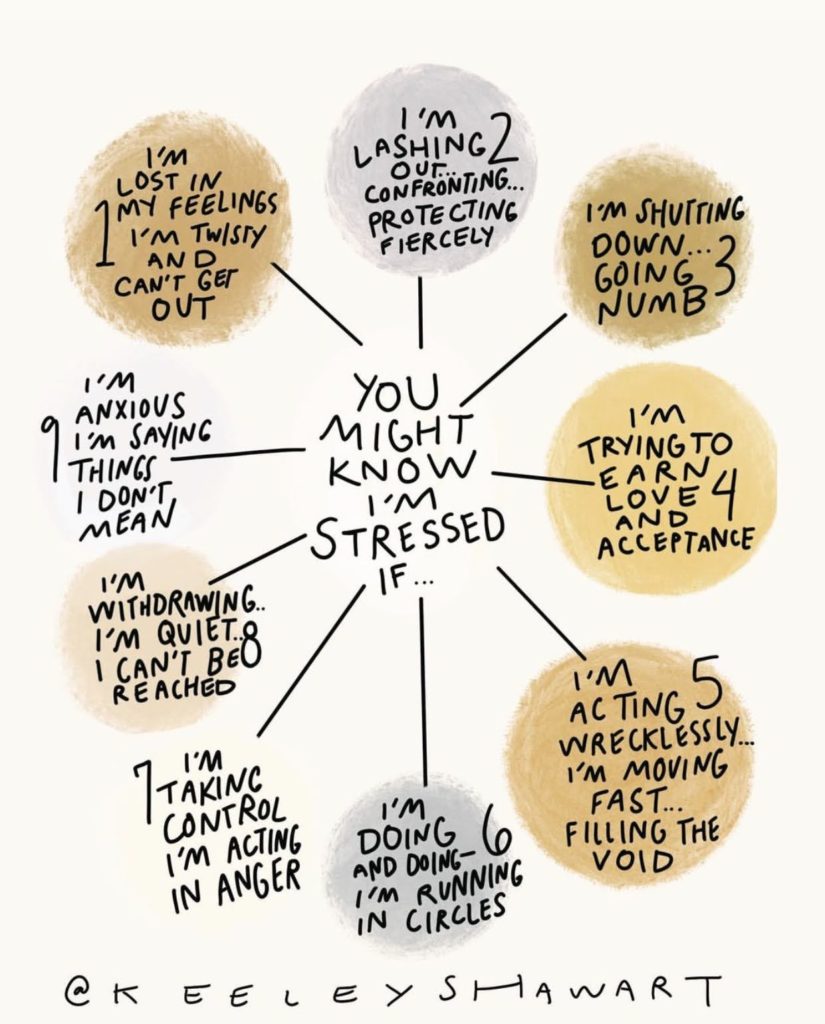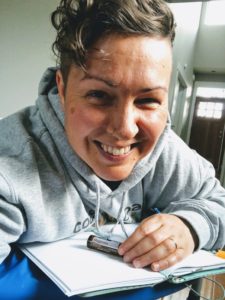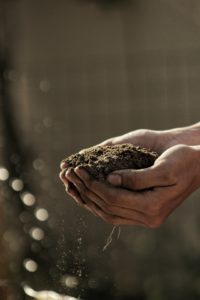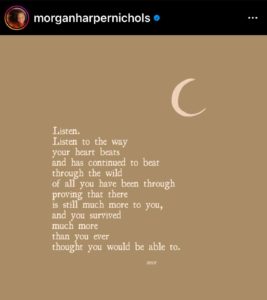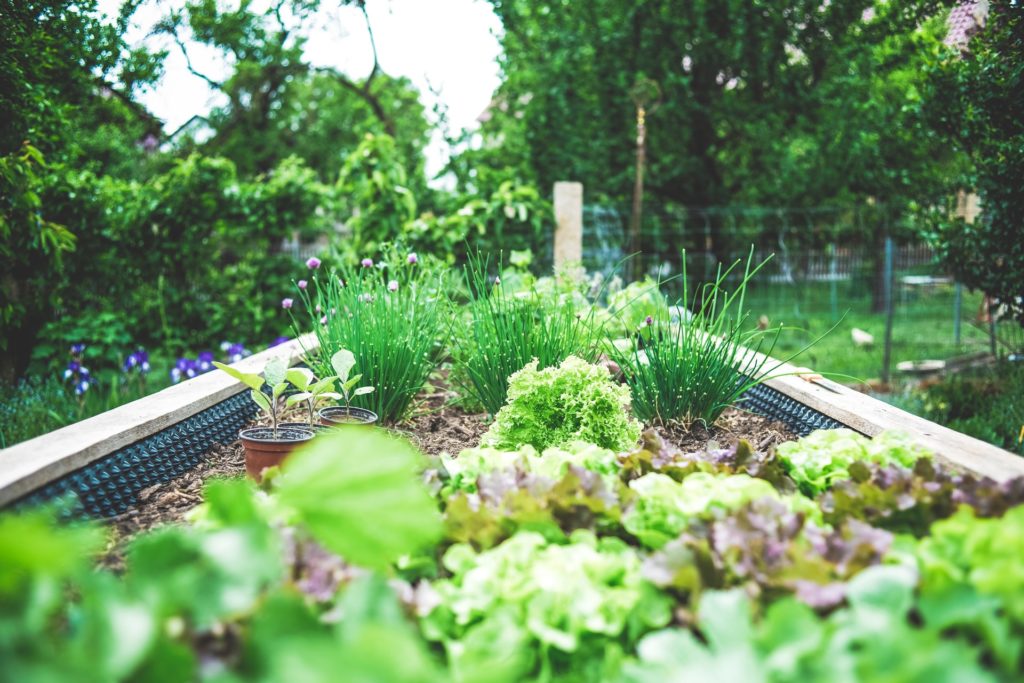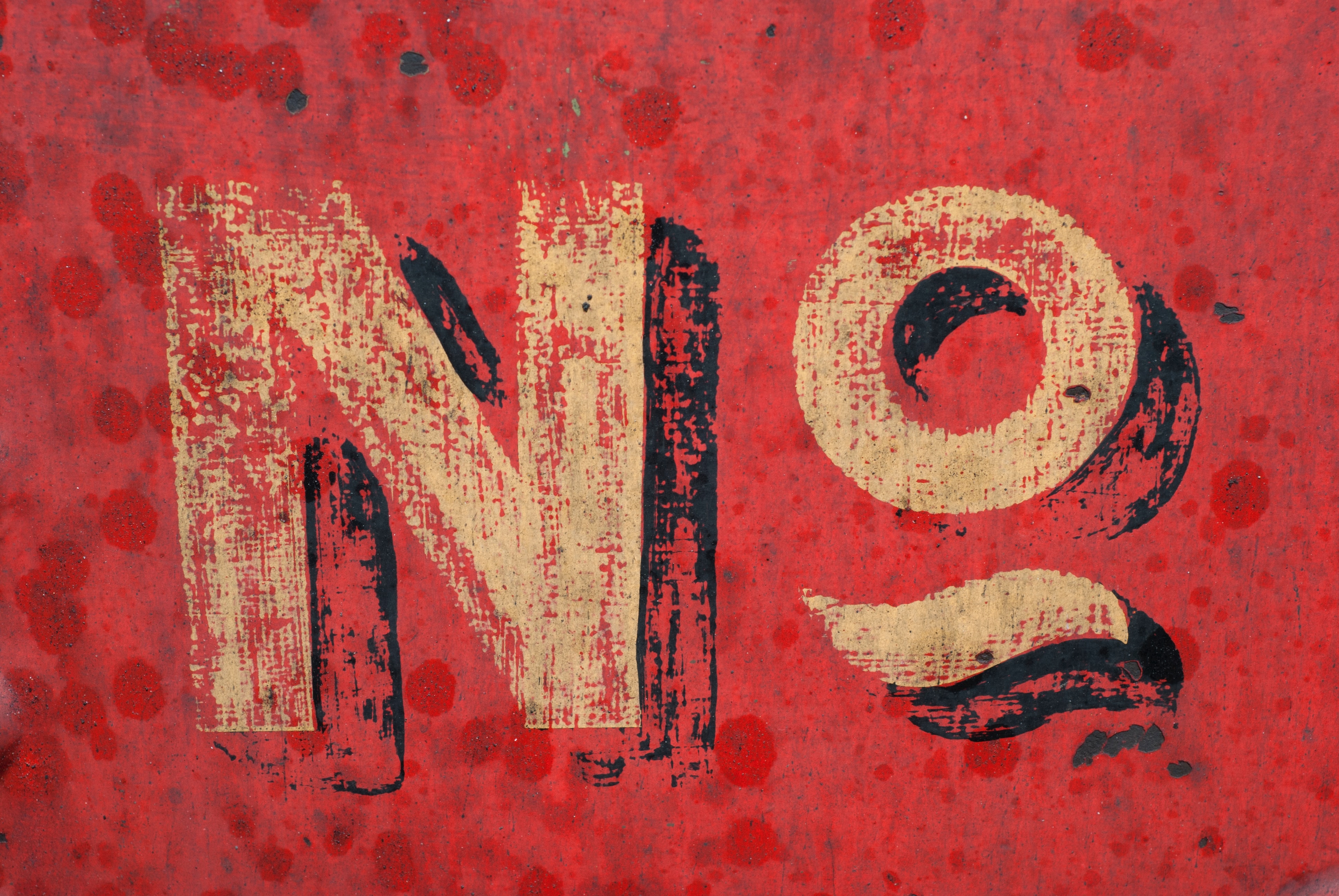Summer Self-Care Plans
The past year has been a doozy!!! As more people get vaccinated, COVID restrictions are lifting, and we are navigating the potential return to more face-to-face time.
Gathering with others in person might be what you’ve hoped and dreamed for, it might be stirring up your deepest fears and anxieties, or you may be feeling both excitement and dread simultaneously. Here’s a helpful article I read this week titled, Advice to the anxious for eventually meeting in person again. I’m definitely in the anxious/excited mixed-emotions camp!
The bottom line is: whatever your reaction to this transition…
You’re normal!!
This is a good time to create or update your self-care plan to support your transition to summer and to ease your nervous system through another shift. Here’s part 1 of a series to help you be with difficult feelings – like the ones you might be having now – and to give you tools to take with you into the summer:
Click here to read Self-Care Strategies for Fear part 1
Summer 2021 at Burnout Proof Academy – What’s on your summer reading list?

We had such an amazing time in our first Book Club live discussion! We dove deep into Burnout: The Secret to Unlocking the Stress Cycle.
If you are reading along with us but were unable to make the live discussion, the recording is now posted here.
This hour was packed with poignant honesty and real-time revelations, including real talk about:
- The ‘yuck’ that’s leftover after handling a problem.
- How holding everything in and doing for everybody else keeps us up late at night.
- The shame we feel from HAVING emotions.
- Taking up a hugging practice
- The struggle of saying what we need or how we feel.
- The inbox in our gut where we store our uncompleted stress.
- That it’s ok not to be ok.
This is an on-demand, self-paced book club offering worth 1.3 GS CEUs. If you haven’t yet registered just click below and you’ll get instant access to everything!
Click here for instant access
Cast Your Vote for Fall Burnout Proof Book Club

Our first book club was so much fun! I can’t wait until we get started on our next book in the fall 2021. But I need your help deciding which book we’ll be reading next.
Currently tied for first:
- The Body is Not an Apology: The Power of Radical Self-Love, by Sonya Renee Taylor
- Untamed, by Glennon Doyle
Vote for your choice here!
Healing Interpreter Burnout: Complete Your Stress Cycle
Group Study Guide coming soon!
Are you feeling exhausted?
Burnout and emotional exhaustion can have negative impacts on your health, relationships, and work.
It can be hard to know how to rescue yourself, let alone find the energy to take positive steps.
Good news! You don’t have to live like this. A long, fulfilling career is within your grasp. This course can help.
You will explore:
- Your stress cycle: what it is, how to complete it, and how it affects you when you don’t
- Techniques for self-regulation that you can use during your work day
- How to form and integrate new, healthy habits to help heal and prevent burnout
0.35 GS CEUs through The Insightful Interpreter, processed by Interpretek
Click here for instant access
June 2021 Oil Protocol
Give yourself over to review, renewal, reflection, and rest, as you cross the threshold from spring to summer.
Slow down.
Give yourself permission to feel the sun on your cheek, the breath in your lungs, even the frustrations and the hurts. Make a deal with yourself to offer patience and curiosity whenever possible.
This oil protocol will serve as a reminder and energetic guide.

Thyme – release and forgive
Wintergreen – surrender
Ylang ylang – connect with your inner child
Basil – renewal
Magnolia – compassion
Frank – truth
Dilute essential oils with a carrier oil for increased efficacy and decreased skin sensitivity.
Leave a comment and let us know:
What are your self-care plans this summer? How will you rest, play, renew, and release?
May you find a growing softness within that buoys you through any storm. May the crossing of this seasonal threshold bring you a renewed sense of peace, presence, and patience. May you receive all the love, support, and grace that surrounds you.


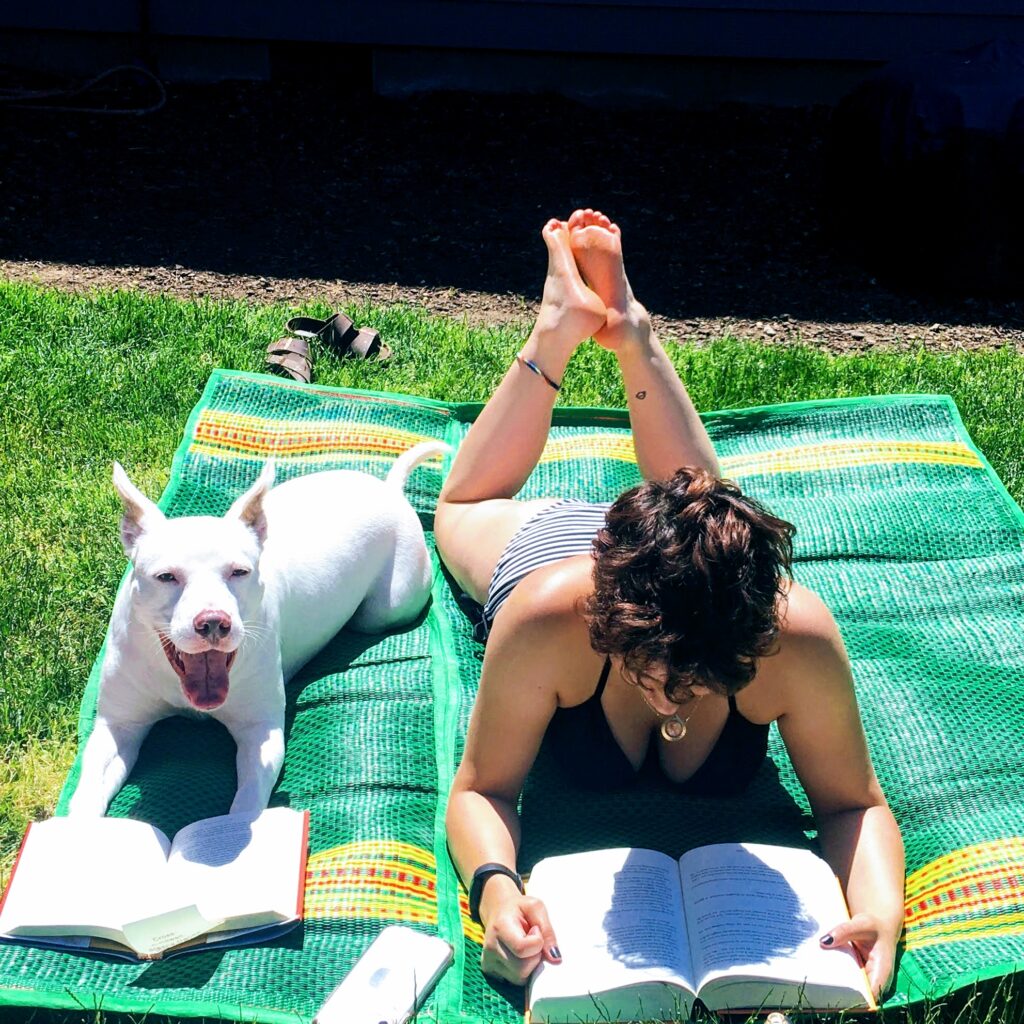





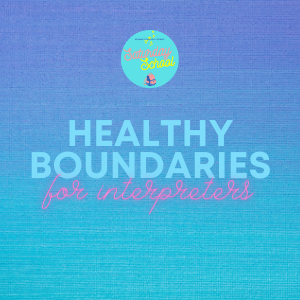 After hosting the live Healthy Boundaries workshop in November, we’ve been editing and processing of the 2-hour long video to get bite-sized chunks you can stream on-demand. Online activities get added, captions are created, and now we’re ready to share the finished product with you!
After hosting the live Healthy Boundaries workshop in November, we’ve been editing and processing of the 2-hour long video to get bite-sized chunks you can stream on-demand. Online activities get added, captions are created, and now we’re ready to share the finished product with you!










 Healthy Boundaries for Interpreters
Healthy Boundaries for Interpreters Self-Care for Stressful Times
Self-Care for Stressful Times



